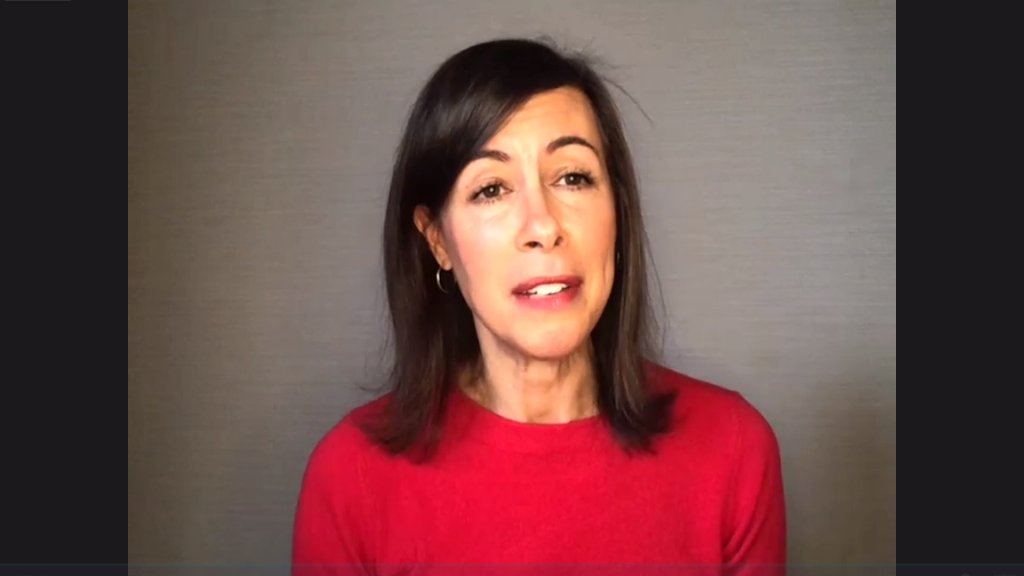By Jacqueline Hyman |
Jessica Rosenworcel, acting chair of the Federal Communications Commission, addressed attendees at AASA’s National Conference on Education on Friday, Feb. 19, about the FCC’s commitment to closing the so-called homework gap and attending to connectivity issues facing American families.
“This pandemic has magnified the focus on the homework gap,” said Rosenworcel, while recognizing education as arguably undergoing the biggest shift in Americans’ daily lives over the course of the COVID-19 pandemic. “Millions of students have been asked to go online, not just for nightly schoolwork, but to go to class every day.”
Superintendents have been creative, she said during her remarks, in getting internet access to their students. Some have repurposed school buses as WiFi hubs for students lacking connectivity at home. Others have made sure that a one-to-one personal technology device ratio has been achieved in their school districts.

To fix the issue, Rosenworcel believes the United States needs a “national commitment to end the digital divide.” Exposure to this issue due to the pandemic is an opportunity, she added, to “solve the homework gap once and for all.” It is an issue that she has been speaking about since at least 2013.
Before being nominated to chair the body, Rosenworcel was the senior Democrat on the commission. Prior to joining the FCC, she worked as senior communications counsel for U.S. Senate Committee on Commerce, Science, and Transportation from 2007-2012. She practiced communications law in Washington, D.C., before entering public service.
“So for nearly a decade, I’ve been talking about how to close the homework gap, I’ve been describing it as a moral obligation,” Roseworcel added. “We have all the evidence we need to know that no child should be left offline.”
The FCC’s E-Rate program currently works on delivering internet access to schools and libraries — and Rosenworcel said a time of remote learning is the perfect opportunity to reimagine how E-Rate can serve students and families.
“Now is not the time to be timid, so we’re going to need your help,” she told the superintendents at her session. “We need you to comment on these petitions … We need your feedback, your ideas and your energy.”
But the homework gap was not created by the pandemic nor is it the only internet-related issue facing the country. The lack of broadband connectivity is a concern across the United States in rural, suburban and urban areas.
Rosenworcel said she sees two major branches of this issue — first, the lack of infrastructure allowing connectivity in rural areas and, second, the lack of affordability for internet services, both of which perpetuate the digital divide.
The Emergency Broadband Benefit Program, she said, an allocation of $3.2 billion, is working to solve the affordability issue by providing a $50 per month discount to eligible households for internet service (and $75 per month for those on Tribal lands).
Among those eligible, she said, will be subscribers of the FCC’s Lifeline program, Medicaid users, families whose children have free and reduced meals, and recipients of Pell grants.
As for post-pandemic work, Rosenworcel hopes the current emergency responses inform future practices. “We should go back and take a look at what we’ve done and make sure that that informs this program, E-rate, and any other program going forward.”
(Jacqueline Hyman is a senior reporter for Conference Daily Online and senior editorial assistant with AASA’s School Administrator magazine.)
